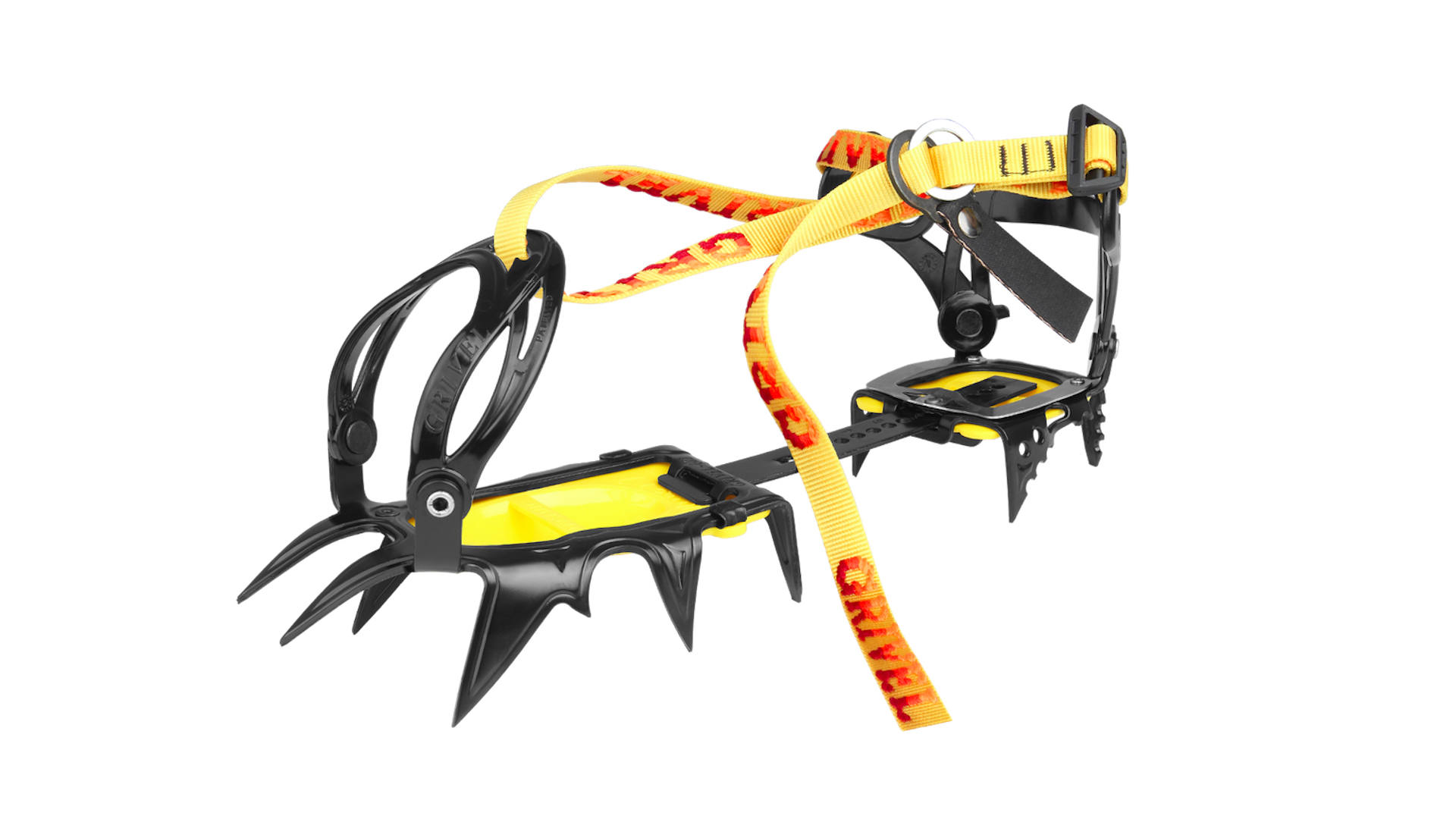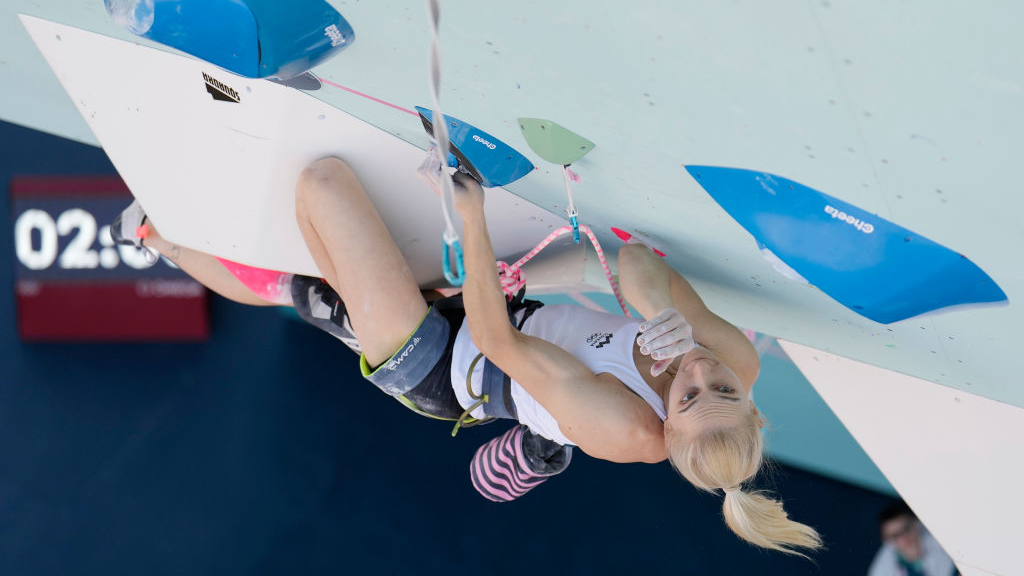Advnture Verdict
This well-proven crampon’s robust and classic design works brilliantly across a range of frozen terrain, so when it comes to all-round performance and value, we still think the G12 is the best winter hillwalking and mountaineering crampon out there.
Pros
- +
Easy and precise fit
- +
Extremely robust and reliable
- +
Fit almost all most boot sizes
- +
Available in strap, semi-auto or fully automatic step-in bindings
Cons
- -
Towards the heavier end of the spectrum
- -
Not the most compact when stored in a pack
- -
Longer points require more careful footwork
You can trust Advnture
Grivel G12: first impressions
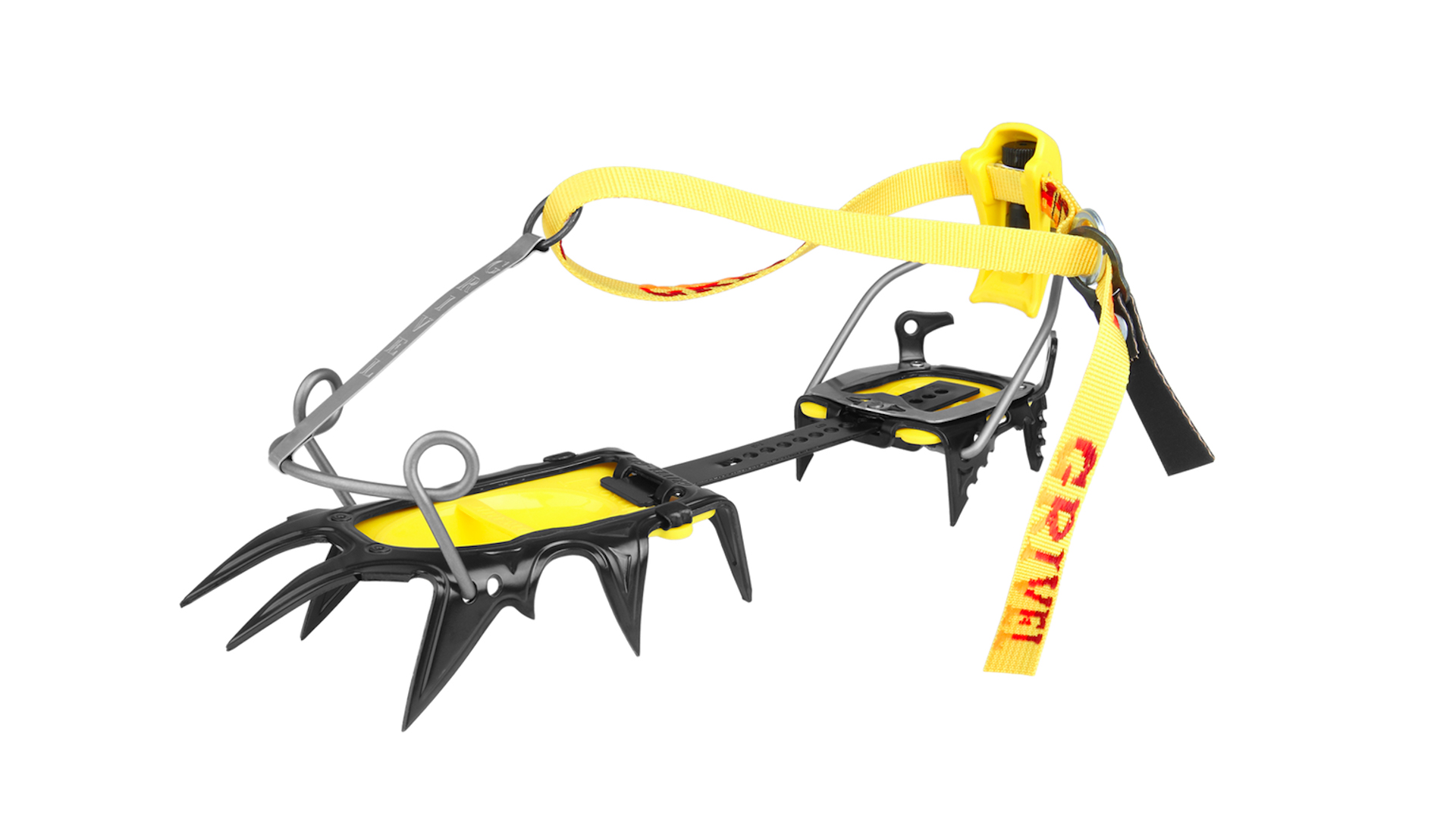
Grivel call their classic Grivel G12 model “the king of crampons” – a big boast, but not a claim that’s unjustified. This design has been tried and tested in mountain ranges all over the world, with numerous first ascents to its name. Widely regarded as the ultimate workhorse crampon, it’s a popular choice with mountain guides from the Alps to the Cascades.
As a conventional 12-point mountaineering design, it has the technical capability to work on low-angled and steep ground alike. It also comes in three binding options – Cramp-o-matic (C3 step-in), New-matic (C2 or semi-automatic) and new classic (C1 flexible bails). These qualities ensure it is both versatile and adaptable, while offering compatibility with a multitude of different winter hillwalking and mountaineering boots.
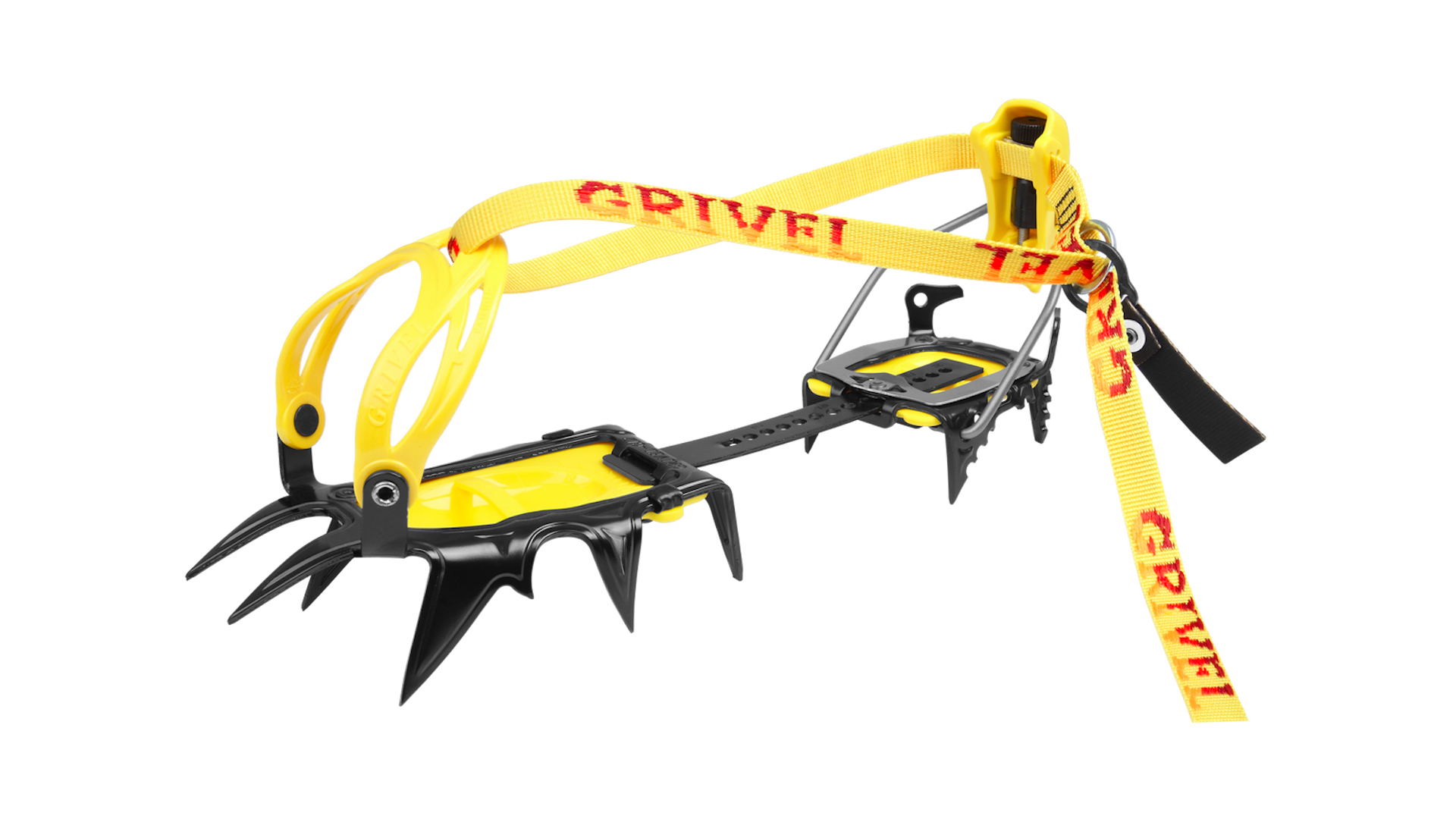
The focus is squarely on rugged reliability, which means these are built to last. The G12s are made from Nickel Chrome Molybdenum steel, an alloy used in everything from weapons to aircraft. It is easier to sharpen than stainless steel, which you’ll appreciate when it’s time to go to work with a stone or file on your crampon points after a couple of winter seasons’ use. According to Grivel, it is also superior to stainless steel in terms of toughness, hardness and resistance to fatigue at low temperatures. On the other hand, it is slightly less resistant to corrosion because of the lower chromium content, so you’ll need to give these crampons a little more TLC to ward off rust. Don’t come back from a day on the hills and simply leave them to fester in a damp bag!
So, how the the Grivel G12 crampons fare under test conditions for our best crampons buying guide? Read on to find out…
• RRP: £143 (UK) / €167 (EU)
• Weight (58cm version): 970g / 34.2oz
• Materials: Painted Nickel Chrome Molybdenum steel, ABS plastic, nylon webbing
Grivel G12: in the mountains
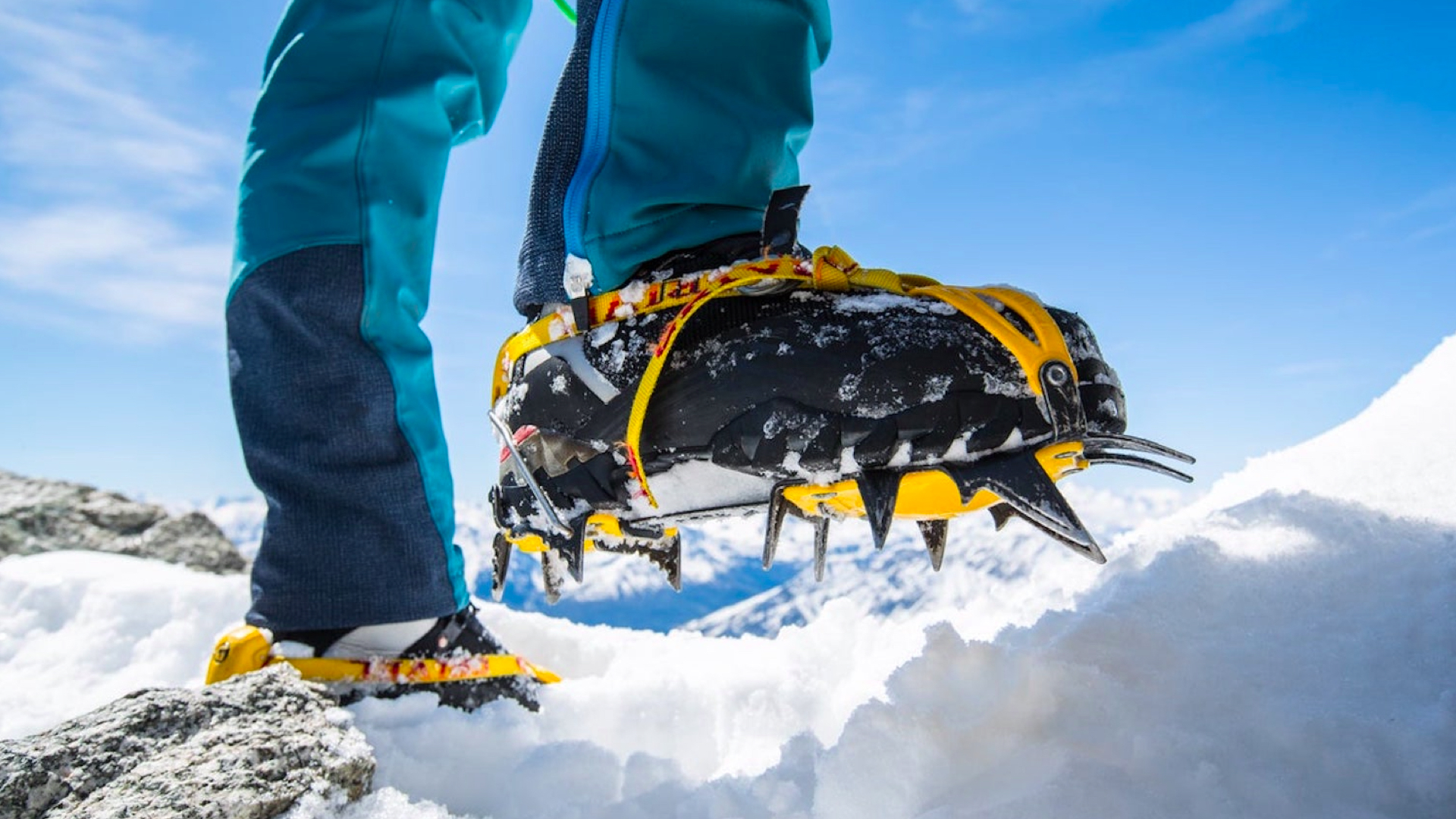
The Grivel G12s are neither the lightest nor the most compact crampons around. That’s not an issue when you’re wearing them, but it does means they take up a little more space in your winter pack than some rivals.
On the plus side, all the underfoot points are long, broad and sharp for an extremely secure grip, and the longer link bars ensure they will fit a wide range of sizes too. Labelling and adjustability is reasonably straightforward, with the Classic and New-matic versions employing Grivel’s familiar circular locking pull tab on the strap binding. The only plastic element of the design is the rear leverlock of the New-matic and Crampo-matic bindings, but the adjuster screw is at least protected by a chunky cover.
Underfoot, Grivel’s rubbery yellow oval “antibot“ plates do a good job of minimizing clogging from snow and ice. They tend to compress and then spring back as you walk, shedding any snow build-up, which is a clever and effective design.
The only real limitation is with the front section of the crampon. Unlike more modern designs, the forefoot frame has a flat profile. As such, if your boots have a pronounced rocker, you’ll invariably get a little gap between sole and crampon, which sometimes allows snow to accumulate inside the cavity of the antibot plate. However, with stiffer B2 or fully rigid B3 boots, this is rarely an issue (see best winter hiking boots for an explanation of the B1 / B2 / B3 ranking system).
These crampons work well whether you’re walking on snowy slopes, kicking into hard ice or negotiating mixed terrain with your ice axe at the ready, particularly when new and/or sharp. The fact that they can do it all so competently is testament to their supreme versatility. In short, if you’re after one pair of crampons for a wide variety of winter adventures, then the G12s are one of the strongest options on the market.
An outdoors writer and editor, Matt Jones has been testing kit in the field for nearly a decade. Having worked for both the Ramblers and the Scouts, he knows one or two things about walking and camping, and loves all things adventure, particularly long-distance backpacking, wild camping and climbing mountains – especially in Wales. He’s based in Snowdonia and last year thru-hiked the Cambrian Way, which runs for 298 miles from Cardiff to Conwy, with a total ascent of 73,700 feet – that’s nearly 2½ times the height of Everest. Follow Matt on Instagram and Twitter.
